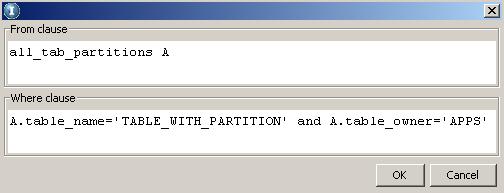Data Archive
- Data Archive 6.4.3
- All Products




Step | Option | Action |
|---|---|---|
Step | Option | Action |
Step 1 | Order | Move this step to Order 1. |
Step 1 | Action | Choose Run Procedure in Generate Candidates. |
Step 1 | Interim table | Choose the interim table that you created in Step 1. |
Step 1 | Procedure | Enter AM_PLSQLUTIL_PKG.compile_self |
Step 2 | Order | Move this step to Order 2. |
Step 2 | Action | Choose Run Procedure in Generate Candidates. |
Step 2 | Interim table | Choose the interim table that you created in Step 1 |
Step 2 | Procedure | Enter AA_UTIL_PKG.compile_self. |
Step 3 | Order | Move this step to Order 3. |
Step 3 | Action | Choose Run Procedure in Generate Candidates. |
Step 3 | Interim table | Choose the interim table that you created in Step 1. |
Step 3 | Procedure | Enter AA_PARTITION_PKG.compile_self. |
